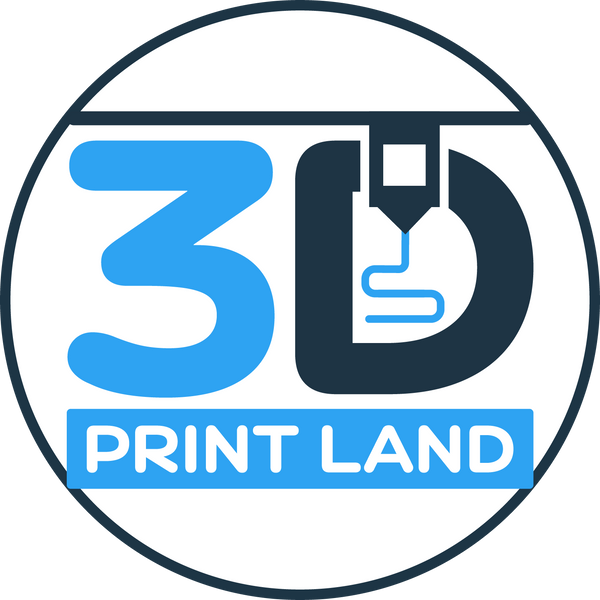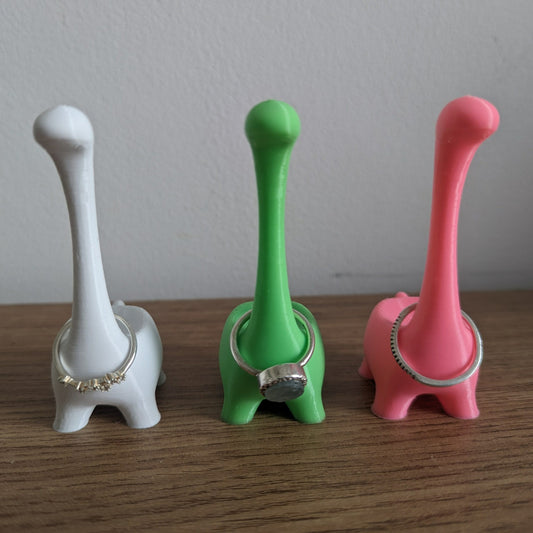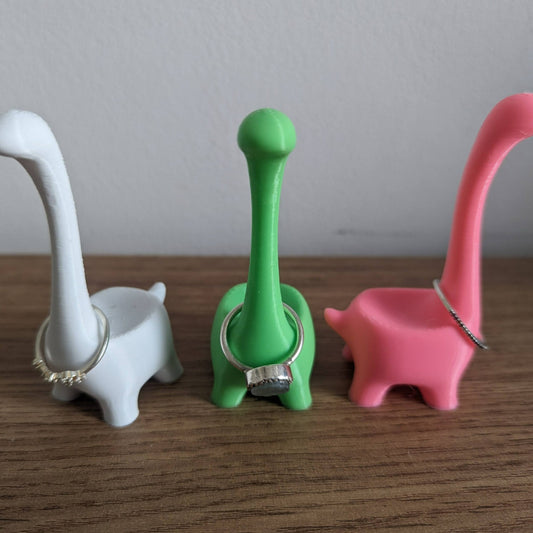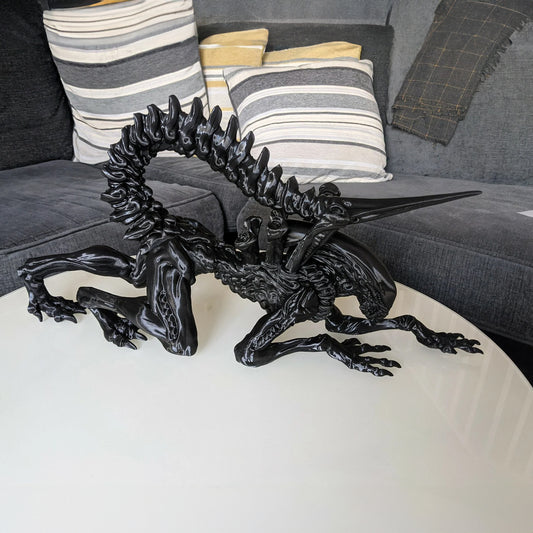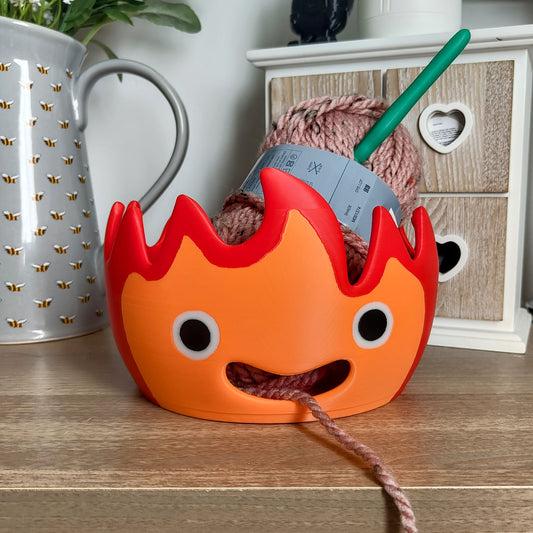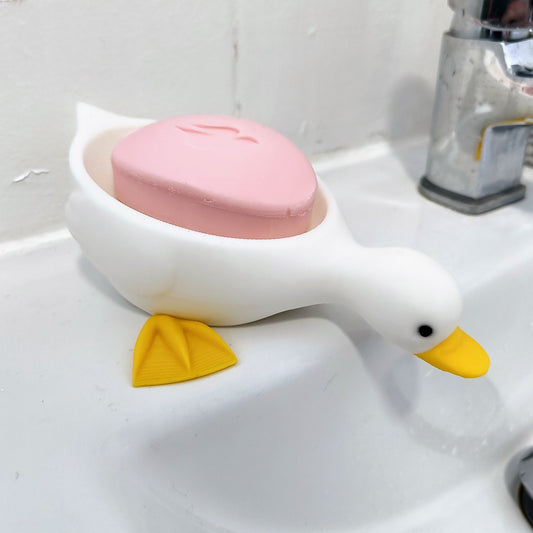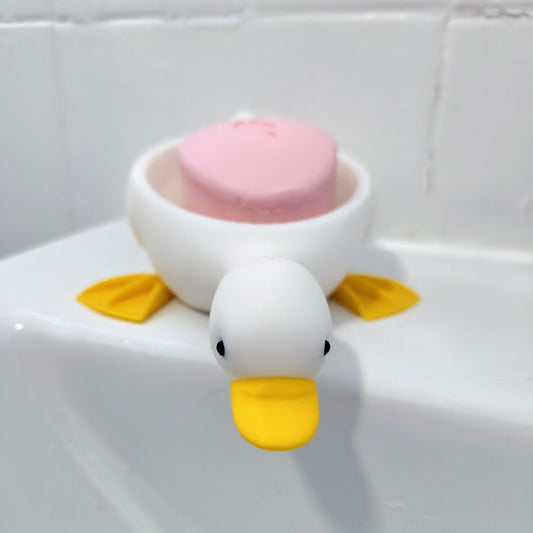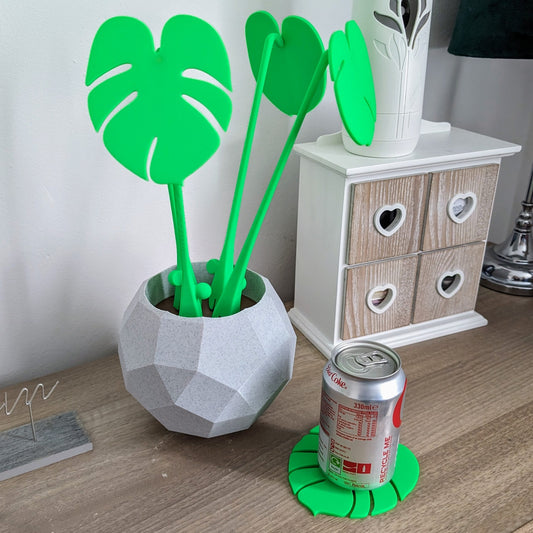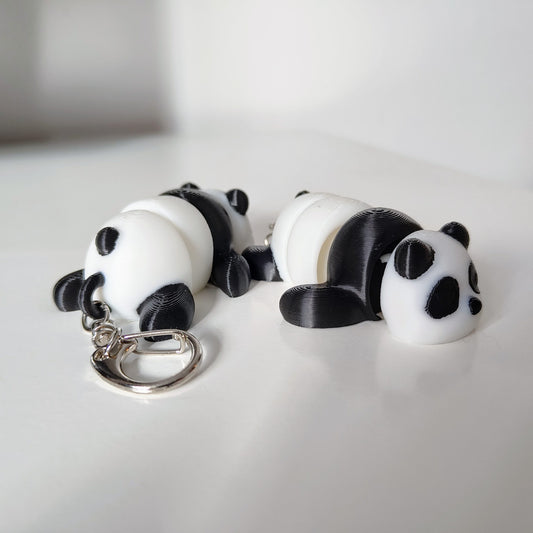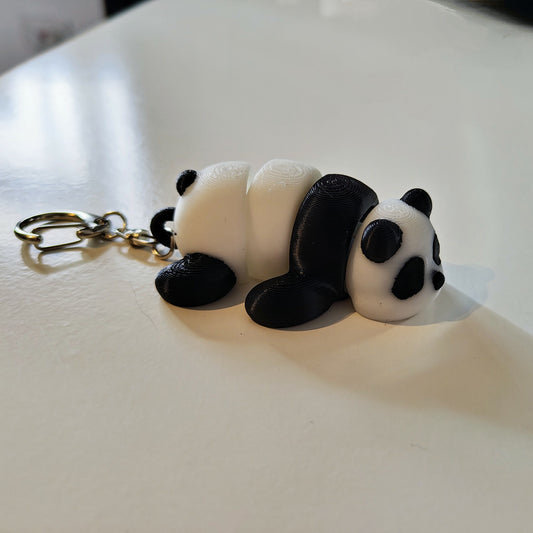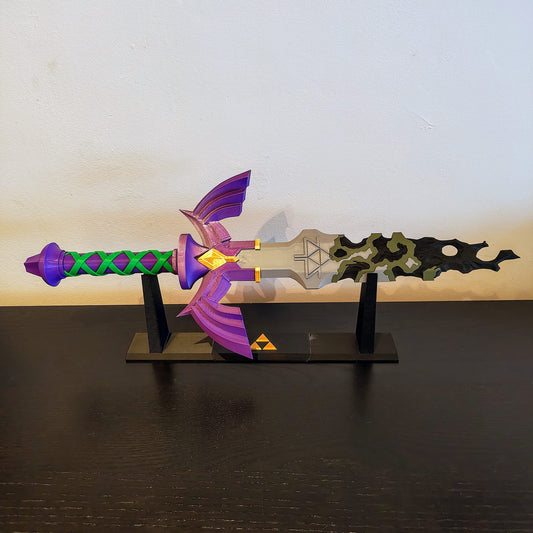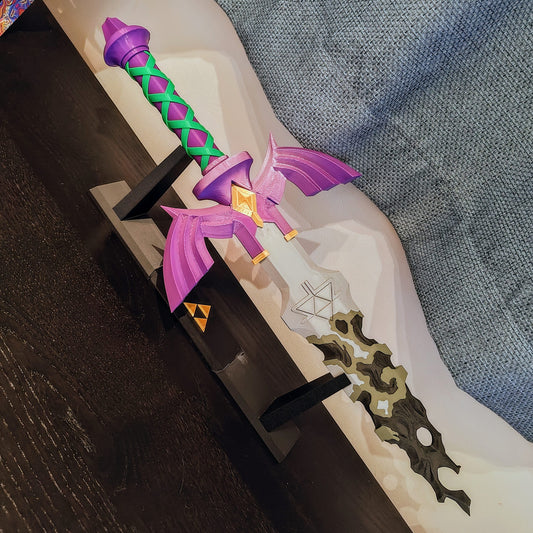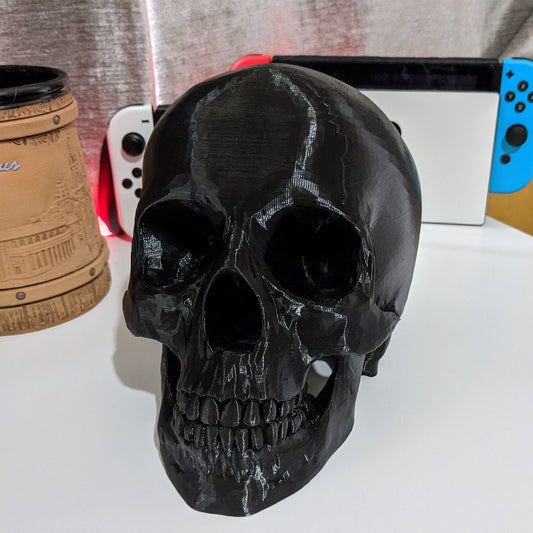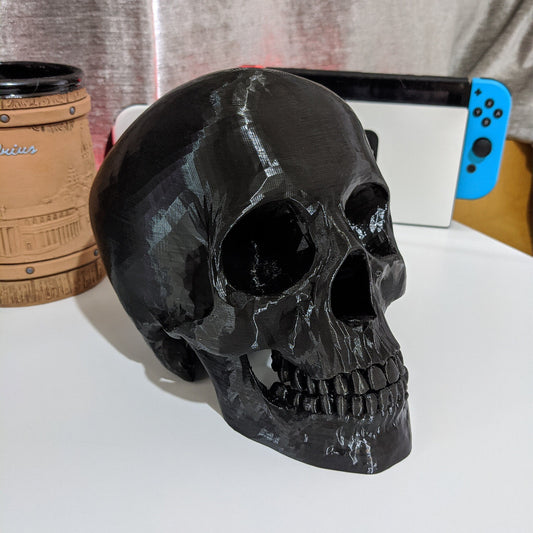3D Print Land
3D Print Land are a UK-based 3D print-on-demand service. We offer quality FDM printing at a great price.
Whether it’s a single model or a small batch, we’ve got you covered!
You can send us your 3D model, we’ll print it and ship it to you anywhere in the world. You can also choose from our products in our store.
Collections
-
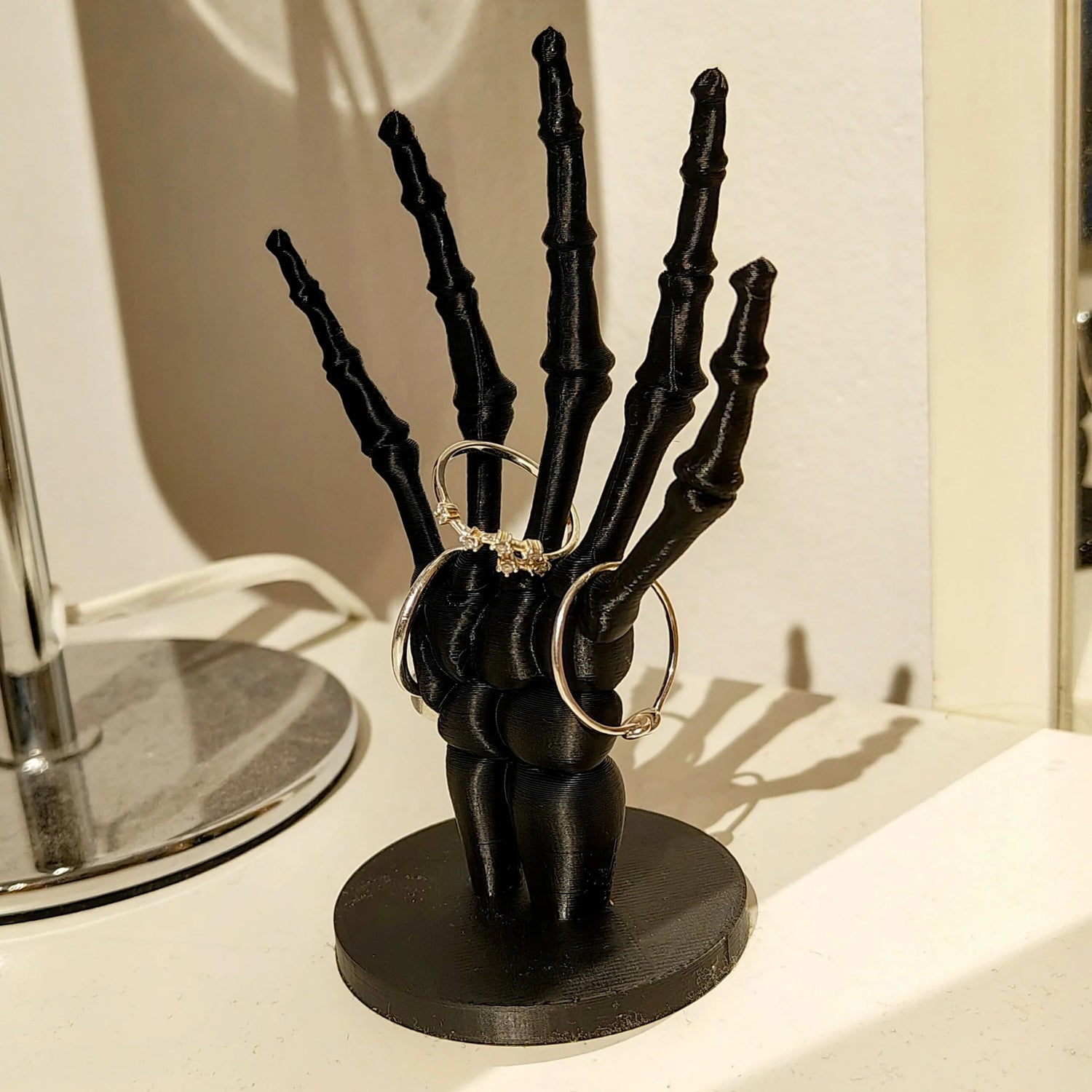
Jewelry Displays
Elevate your jewelry collection and transform your vanity with our captivating range...
-
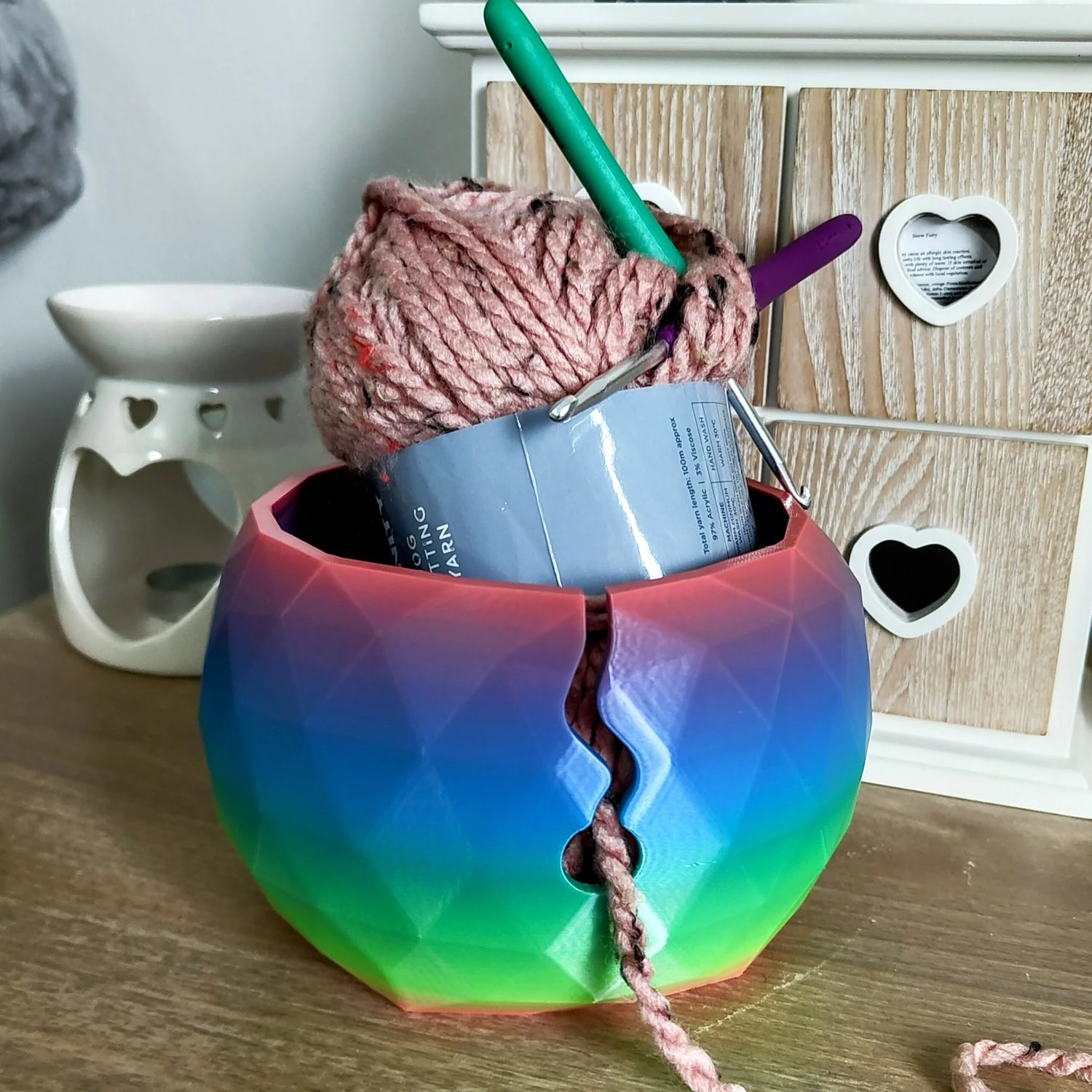
Yarn/Crochet Bowls
Yarn Bowls Designed with crocheters and knitters in mind, our bowls feature...
-
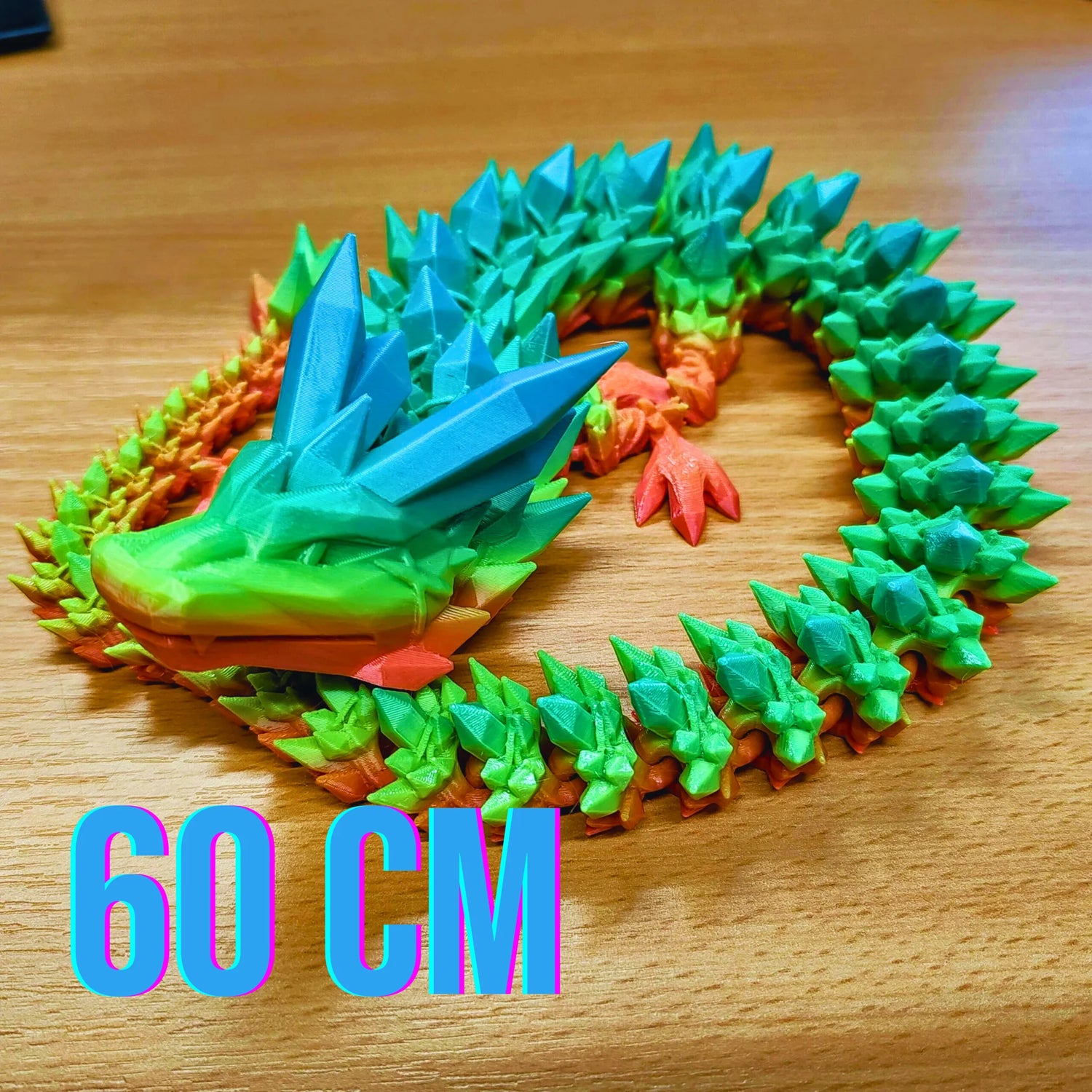
Desk Toys & Play Things
Unleash your inner child (or impress your colleagues) with our collection of...
-
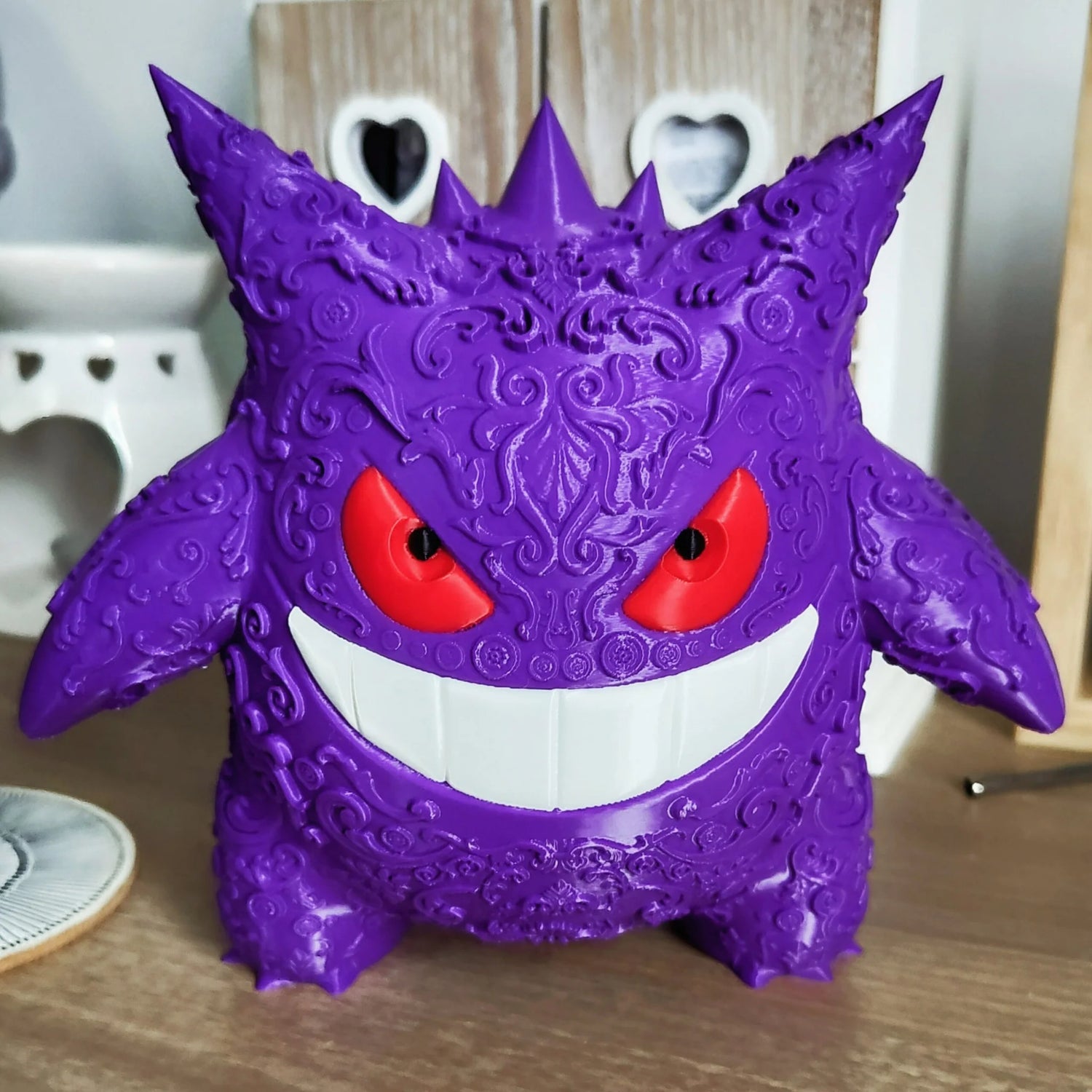
Figurines & Knick Knacks
Bring your imagination to life with our delightful collection of 3D printed...
Featured Products
-
Cute Dinosaur Ring Holder | 3D Printed Jewelry Organizer
Regular price £3.49 GBPRegular priceUnit price / per -
3D Printed Xenomorph Alien | Sci-Fi Art Sculpture
Regular price £55.00 GBPRegular priceUnit price / per -
3D Printed Calcifier Yarn and Crochet Bowl: Tangle-Free Treasures for Spirited Stitchers!
Regular price £44.99 GBPRegular priceUnit price / per -
Duck Soap Dish: Fun & Functional 3D Printed
Regular price £9.99 GBPRegular priceUnit price / per -
Monstera Leaf Coasters (Set of 4) - Eco-Friendly, 3D Printed with Magnetic Stems
Regular price £29.99 GBPRegular priceUnit price / per -
Cute Panda Keychain | Adorable 3D Printed Accessory
Regular price £9.99 GBPRegular priceUnit price / per -
Master Sword - The Legend of Zelda: Tears of the Kingdom | 3D Printed Replica
Regular price From £36.99 GBPRegular priceUnit price / per -
3D Printed Human Skull Replica | Unique Decor Piece
Regular price £34.99 GBPRegular priceUnit price / per
Blog posts
-
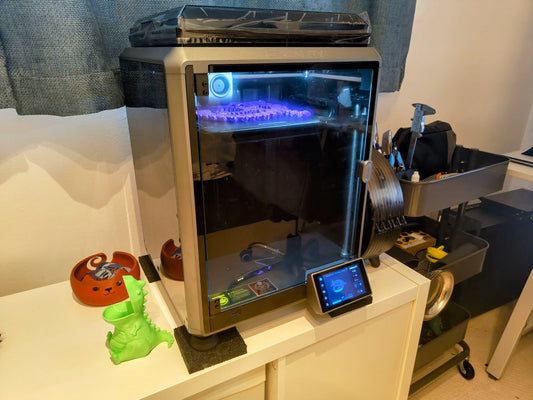
Printed for Profit: Choosing the Right 3D Print...
The post recounts the journey of 3D Print Land, a business birthed due to the stay-at-home circumstances in 2020. Initially starting with a basic Ender 3 Pro, the company sought...
Printed for Profit: Choosing the Right 3D Print...
The post recounts the journey of 3D Print Land, a business birthed due to the stay-at-home circumstances in 2020. Initially starting with a basic Ender 3 Pro, the company sought...
Collapsible content
Why 3D Printing?
3D printing is a speedy and efficient way of creating objects. Instead of using expensive injection moulding equipment, 3D printing allows you to print complex objects at a fraction of the price.
3D printing is also known as rapid prototyping, which is a perfect description for it. It lets you quickly go from concept to creation for a small price.
Almost every application of 3D printing comes down to performance over price. This somewhat recent technology has allowed anyone to become a cheap manufacturer of goods from their bedroom, to fully scaled operation with hundreds of printers in a warehouse.
What can be 3D Printed?
Anything that you want to be made of plastic is the simple answer. Tools, toys and spare parts are all examples of things that can benefit from 3D printing.
Prop makers often use 3D printed parts because they’re strong enough for the application, lightweight and can be cheaply manufactured for a perfect design.
Spare parts that are either difficult to find replacements for or are just simply too expensive to justify purchasing are also where 3D printing shows its strengths.
You can find examples and inspiration from Thingiverse. They have a great selection of user-uploaded models for you to use for free. Feel free to send us a model and we will get it printed for you.
How durable are 3D prints?
3D-printed parts can be made in many different ways using various kinds of plastics. Depending on the application, it makes sense not to pay more for material if the model doesn’t need it.
The most common kind of 3D printing material would be PLA. This is perfect for props, indoor features or low-stress applications. PLA wouldn’t hold up very well sitting outside for a long time or be used for anything that could be under stress.
ABS is what is most often used where structural integrity is concerned. ABS performs well in hotter environments and UV such as being outside or in a car.
You can get a 3D filament that looks and feels like wood or with carbon fibre or nylon embedded into the filament. MatterHackers has a great page to learn more about the differences here.
